Revisiting "21st Century Learning"
Mark Samberg, Ed.D.
May 12, 2021
@mjsamberg
About Me
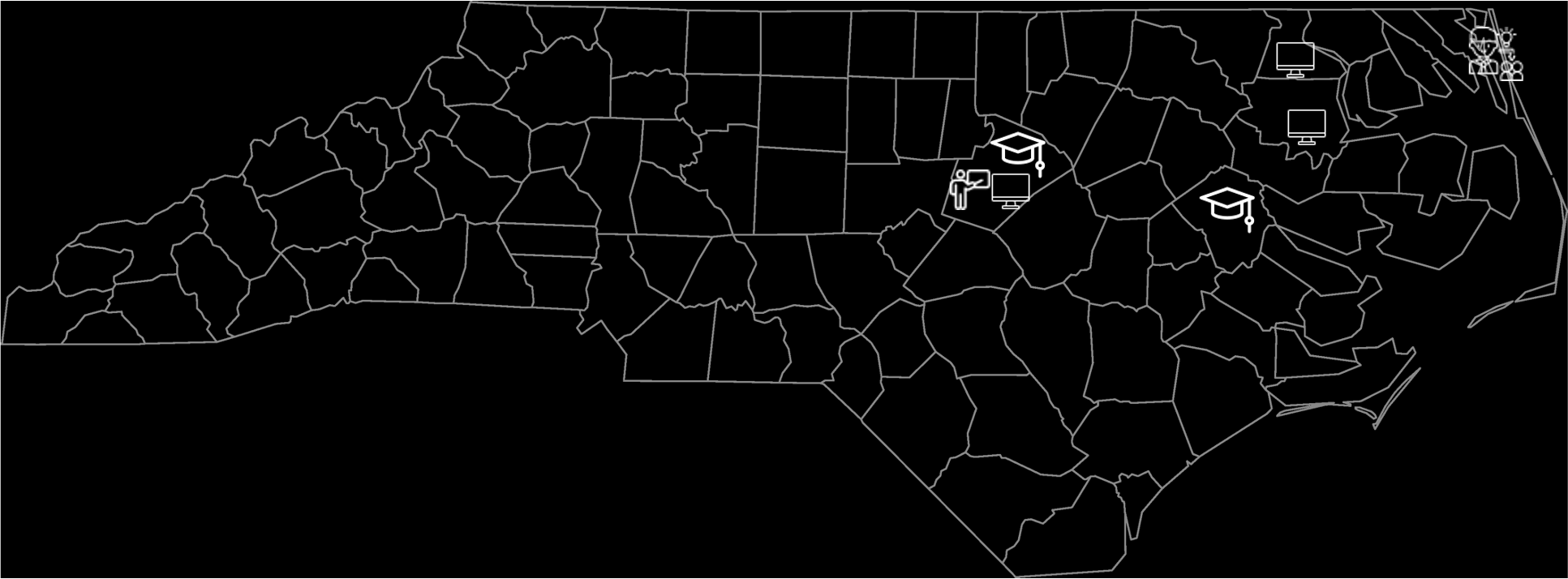

@dinoman_j
Educational Leadership Magazine, October 1, 1983
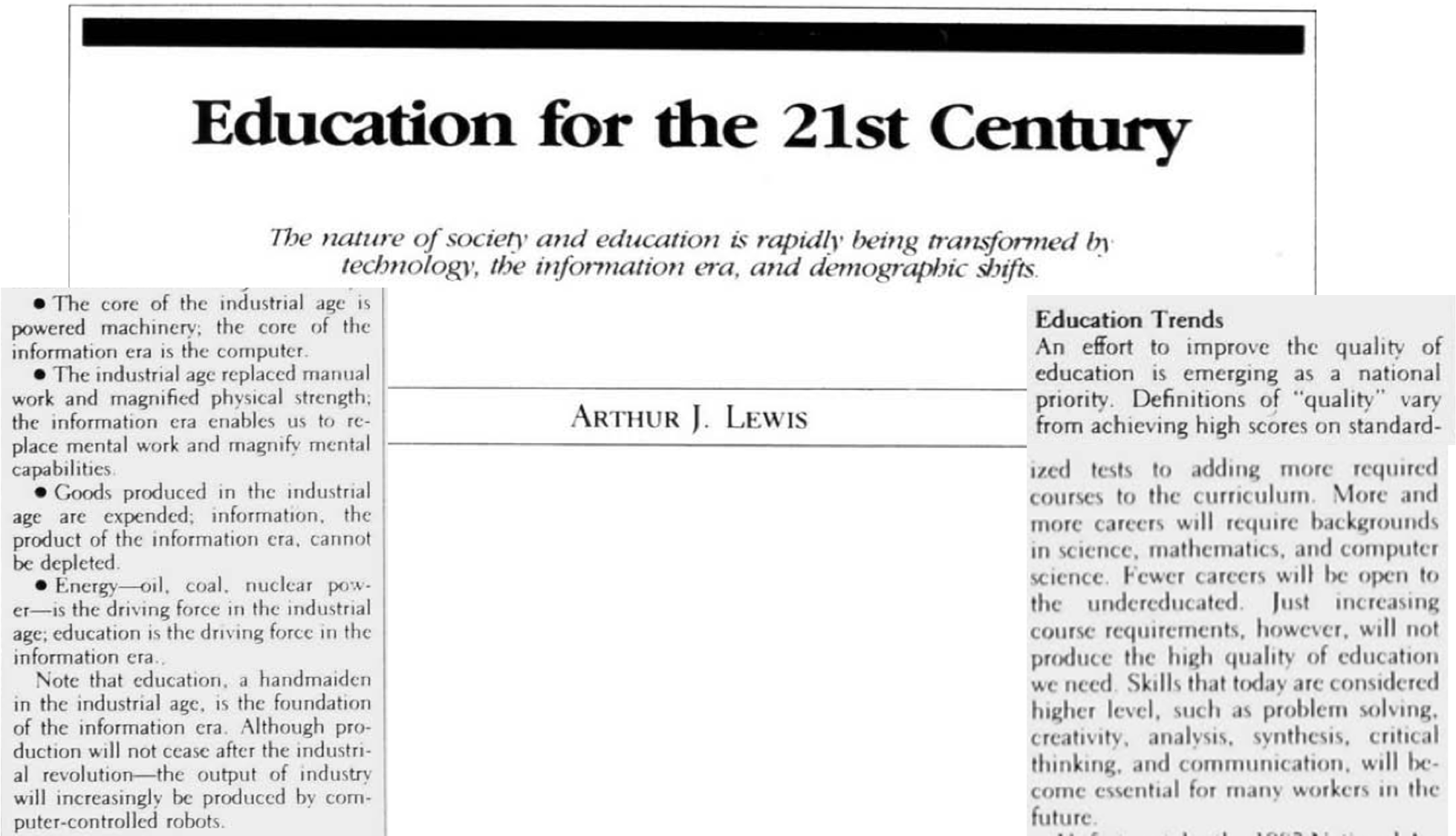
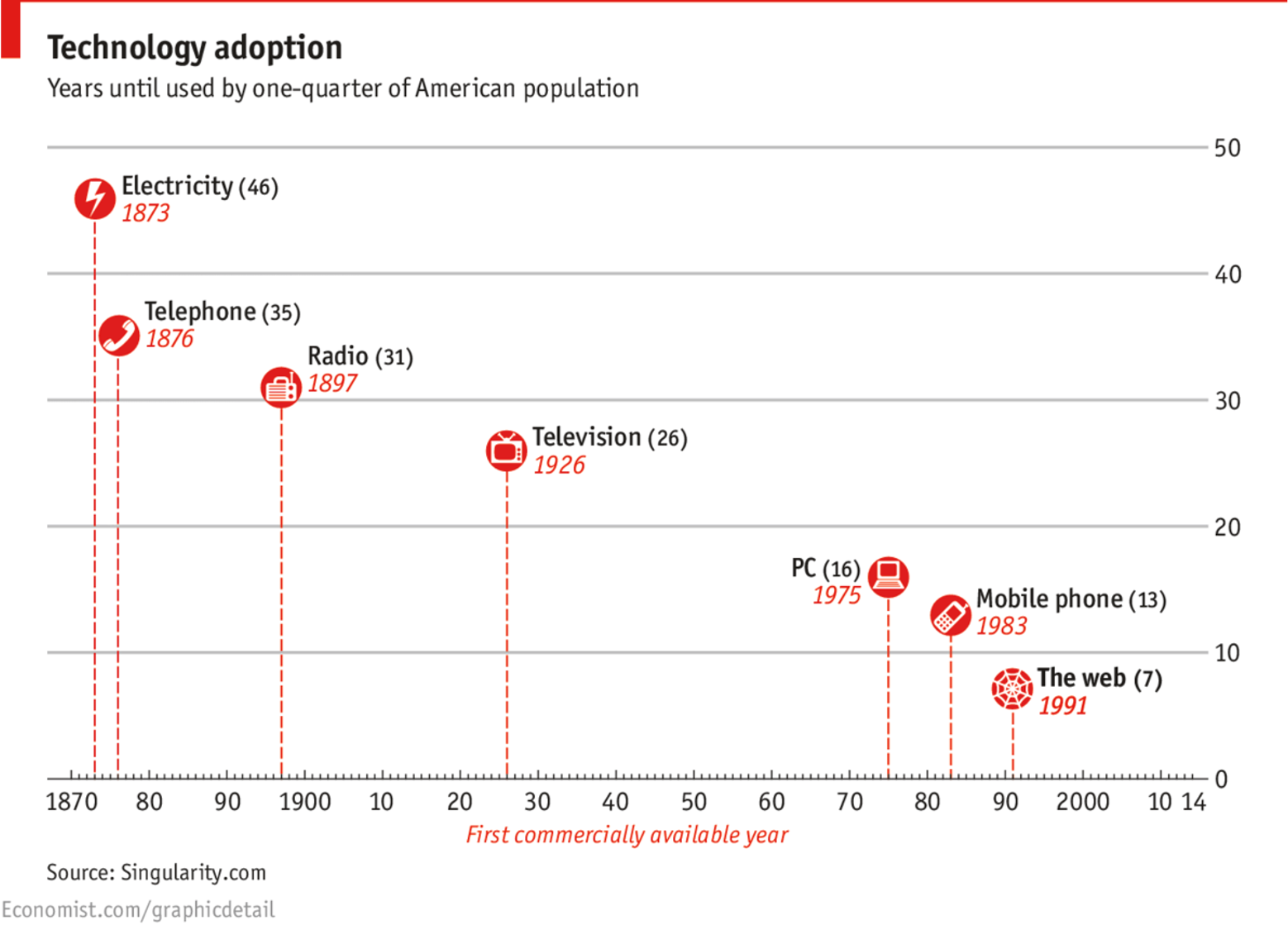

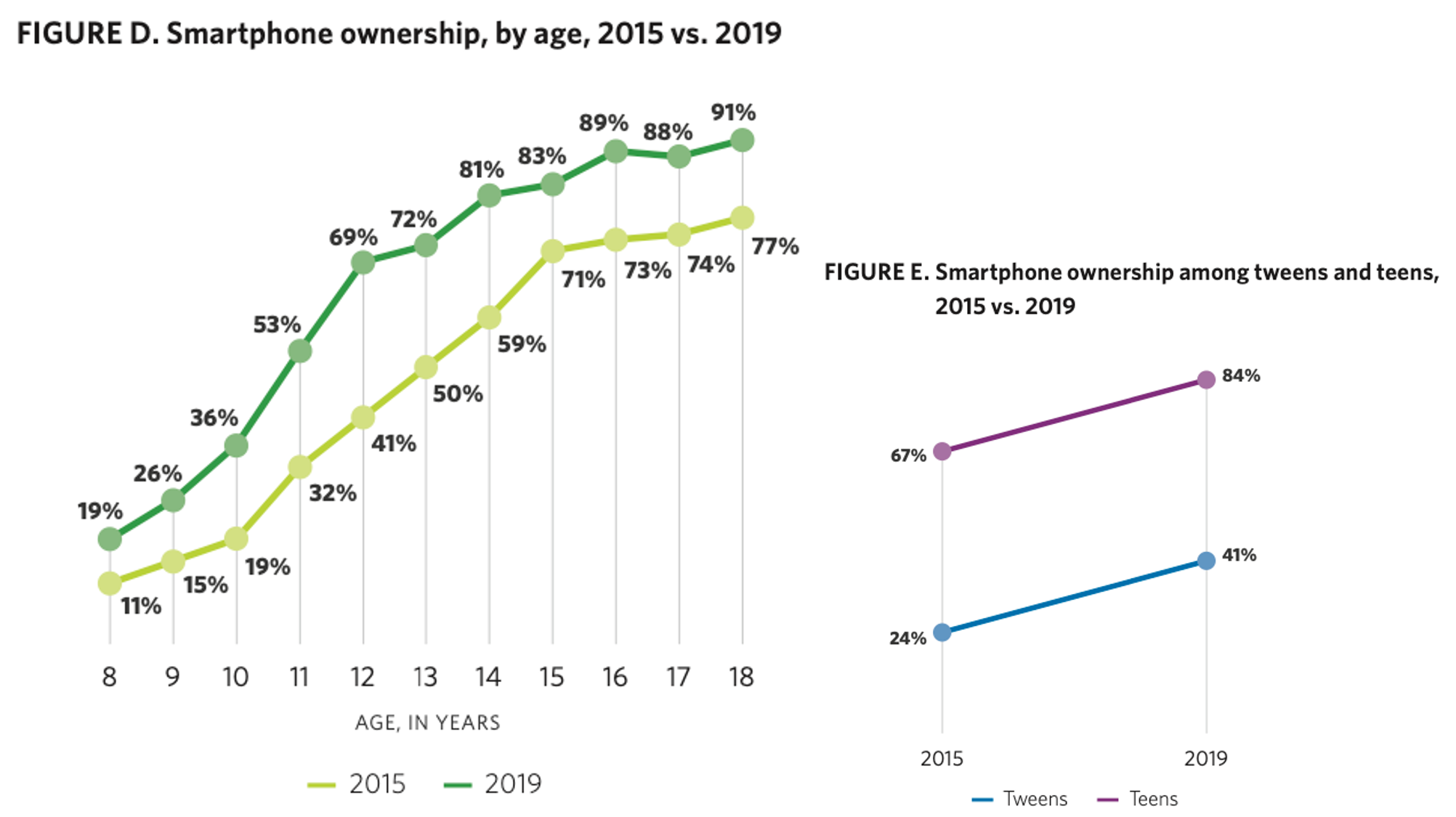
"21st Century Learning"
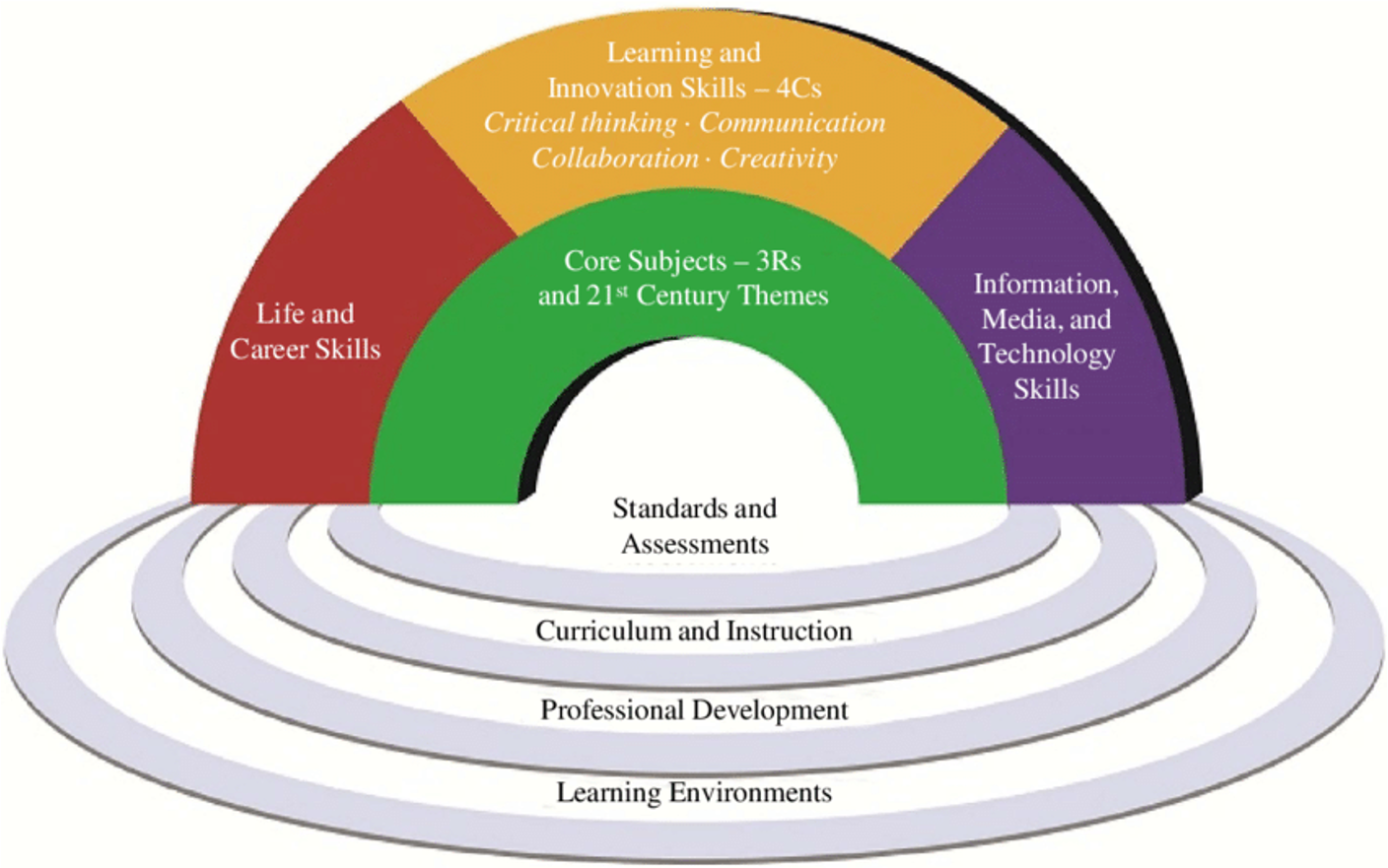
The rise of the "Digital Native"
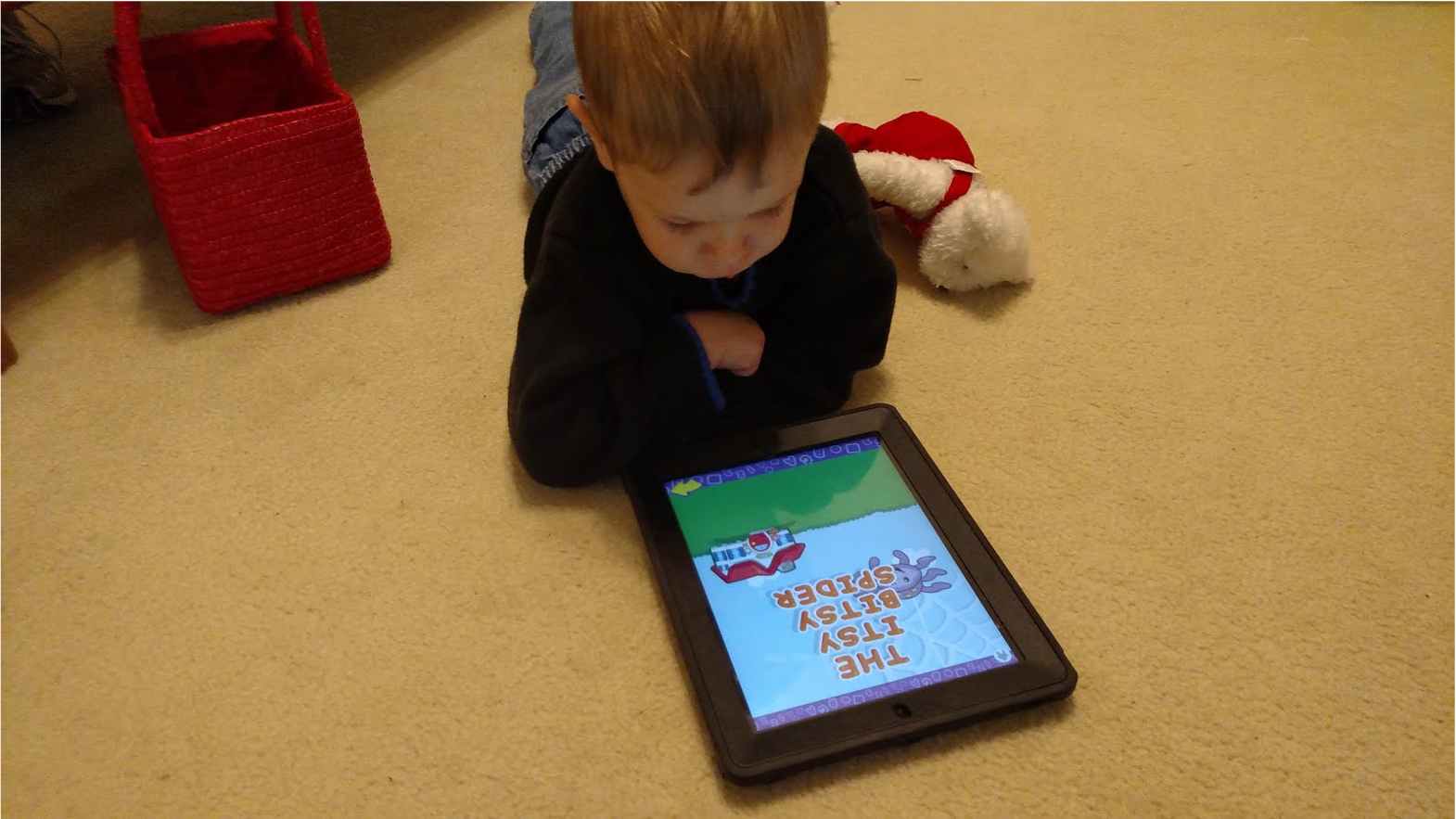
There are no more "20th Century Students"
- A high school student graduating today was born in 2003.
- A college undergraduate graduating today was born in 1999.
- The iPad was released in 2010.
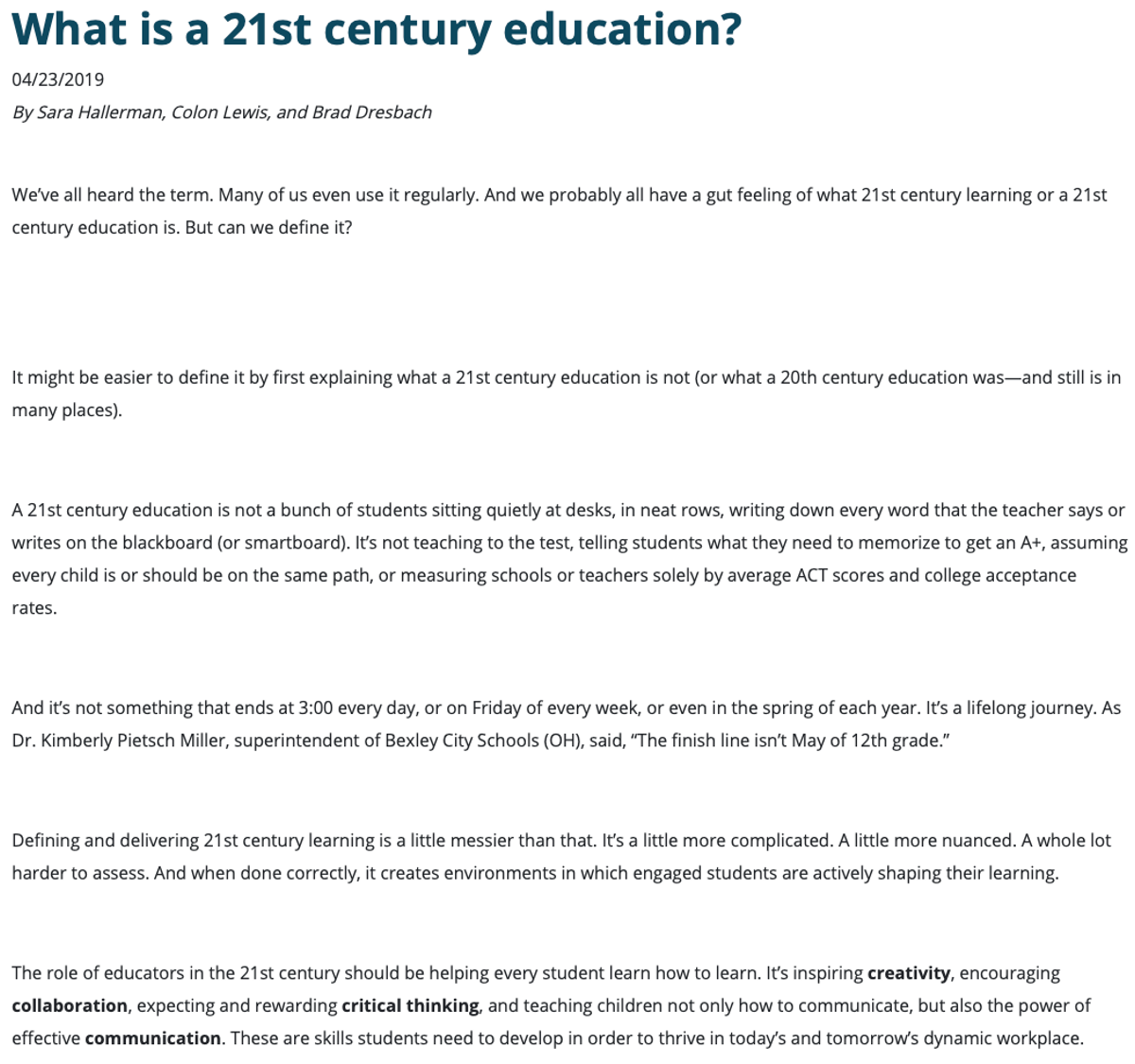
1983 vs. 2019

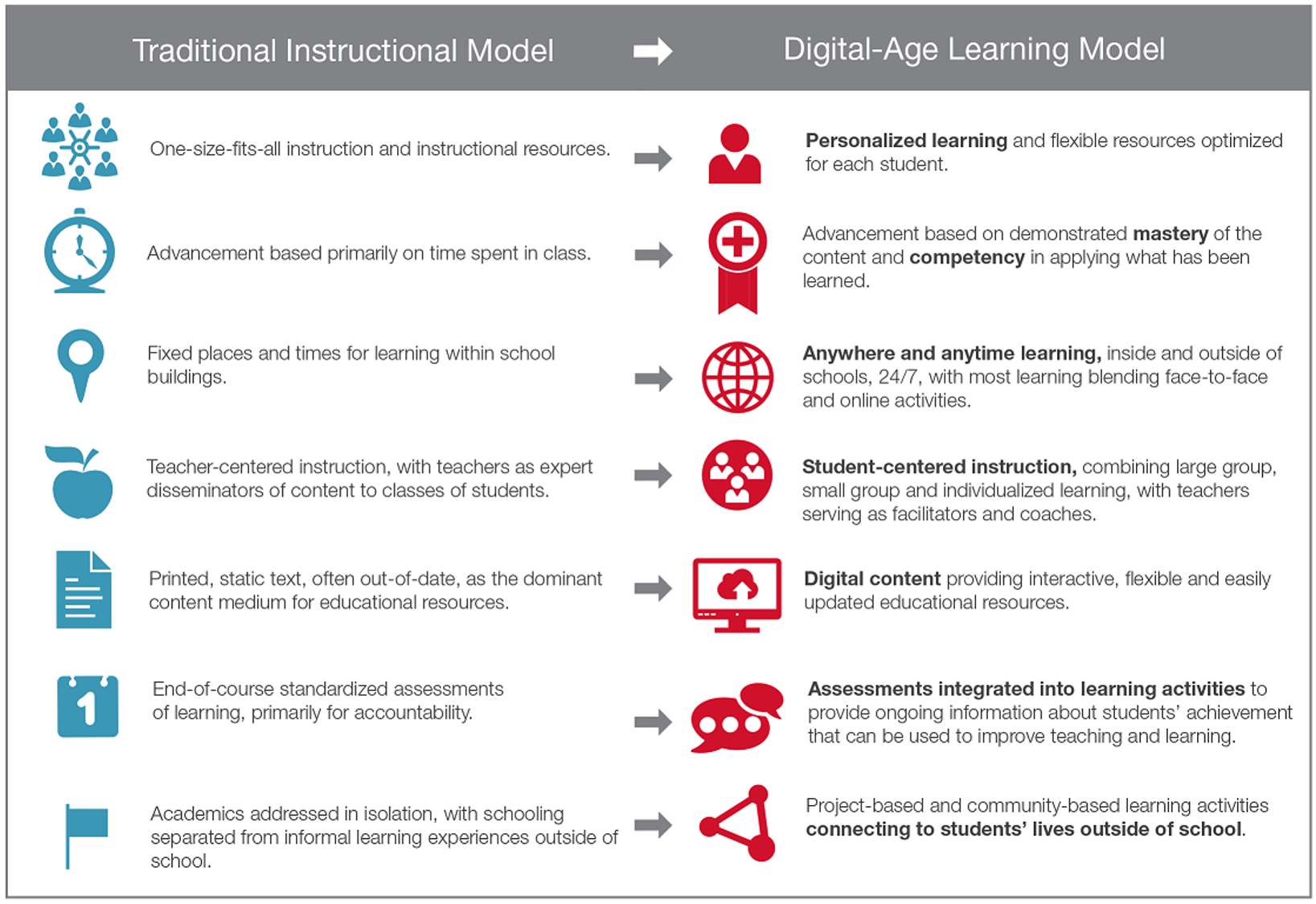
Reality
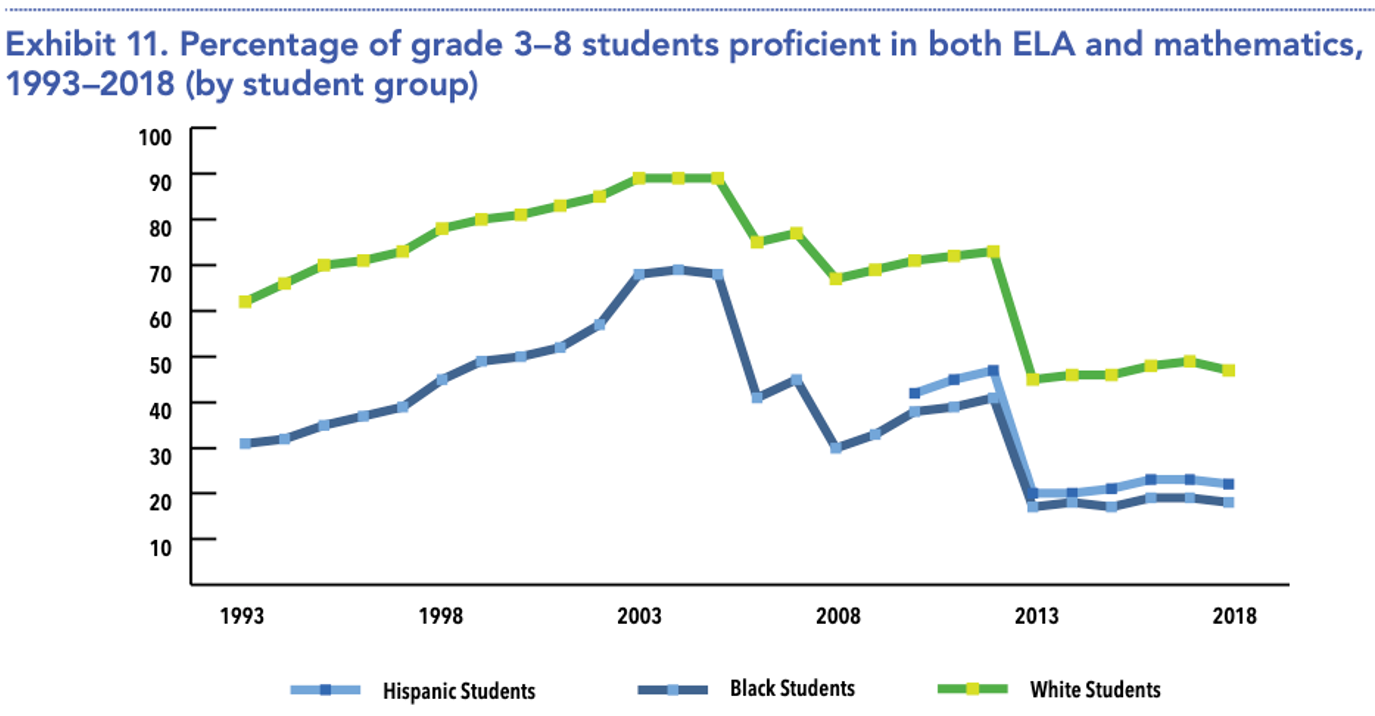
Technology is an Amplifier
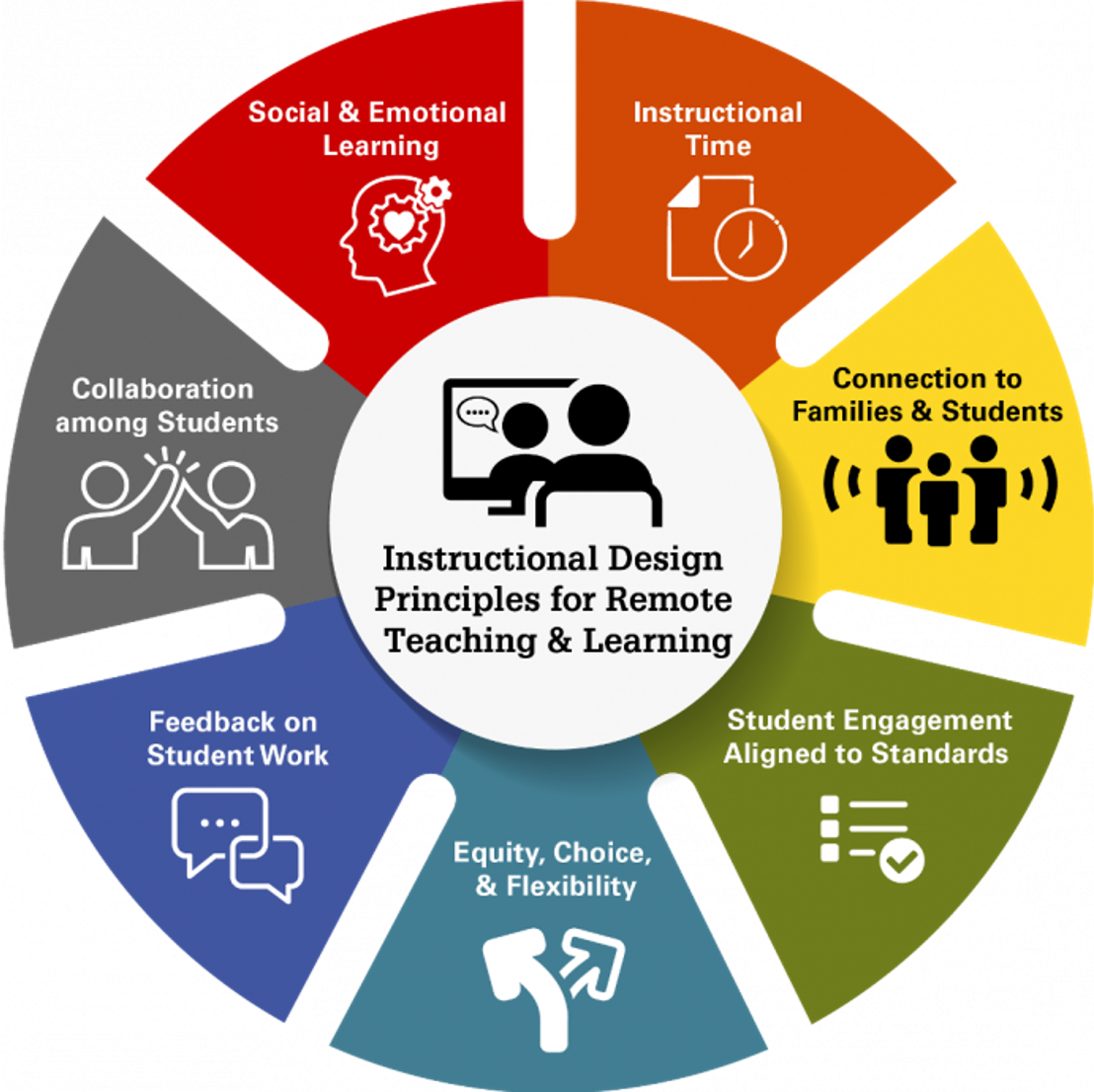
Opportunity knocks?


What does this have to do with digital?
- The line between "digital" and "analog" has blurred and is largely artificial now.
- Students learn the things they're required to in school. They learn the things they want to on YouTube.
- The assumption that "kids know this stuff" is both false and dangerous.
What does this have to do with digital?
- The pandemic has accelerated the digital transformation without warning, preparation, or training.
- What's the weather going to be like next Monday?
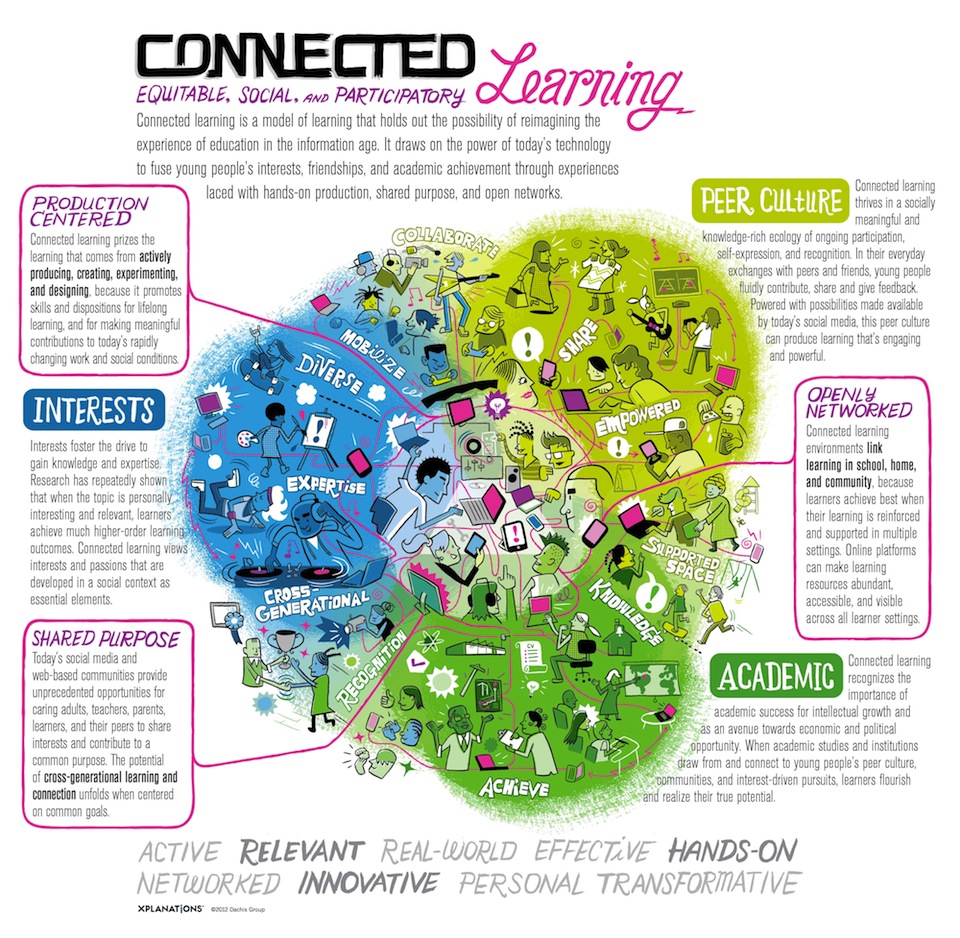
Libraries = Digital Inclusion
Among the many things we’ve learned in the past year – the ability to connect to and utilize the Internet, the ability to evaluate what you’re finding online, and the ability to contribute online…
…Is as important as reading and writing.
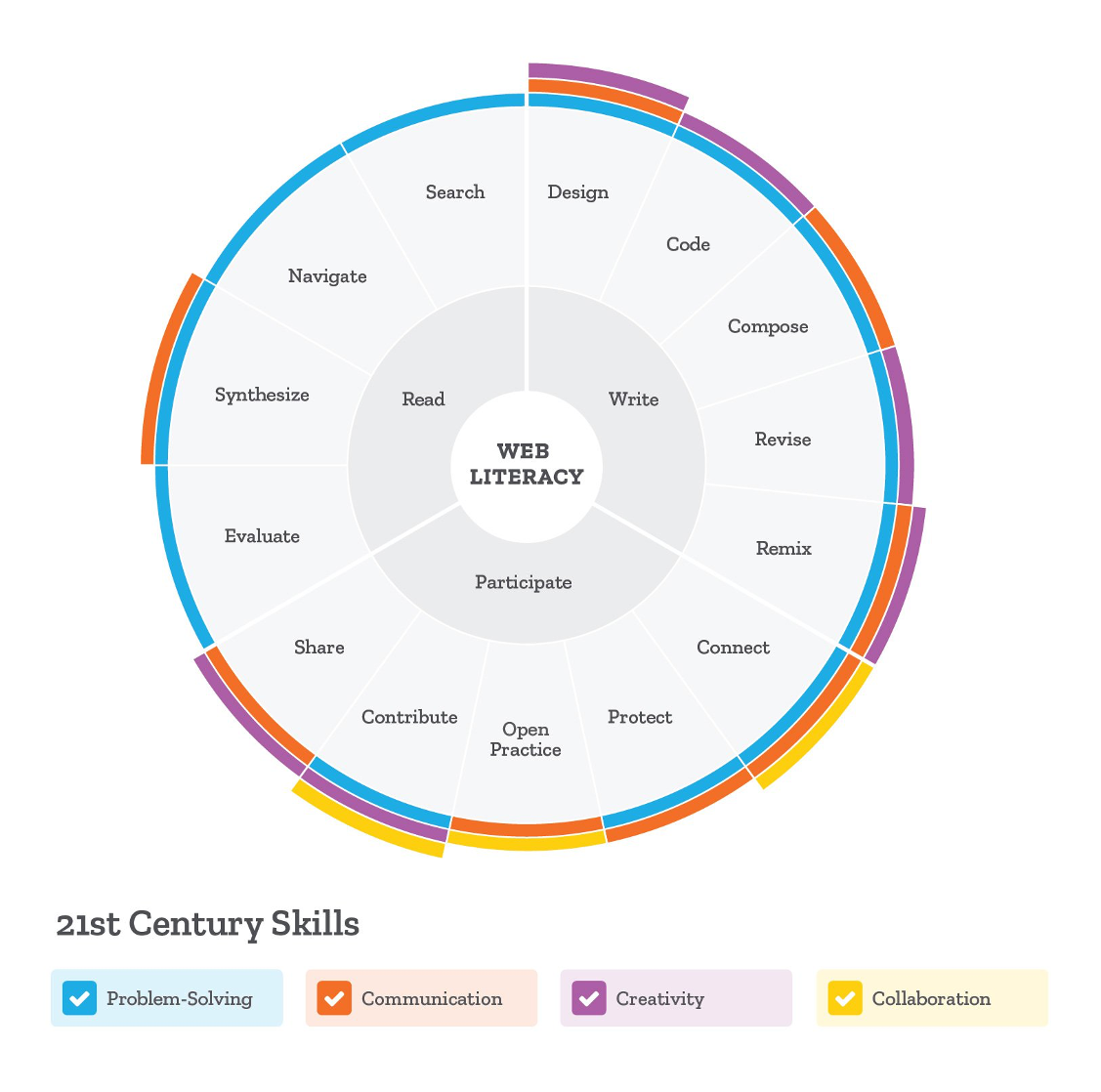
1 in 4 NC students do not have broadband Internet access at home.
It's complicated....
...And it's more than just running more fiber or making it cheaper.
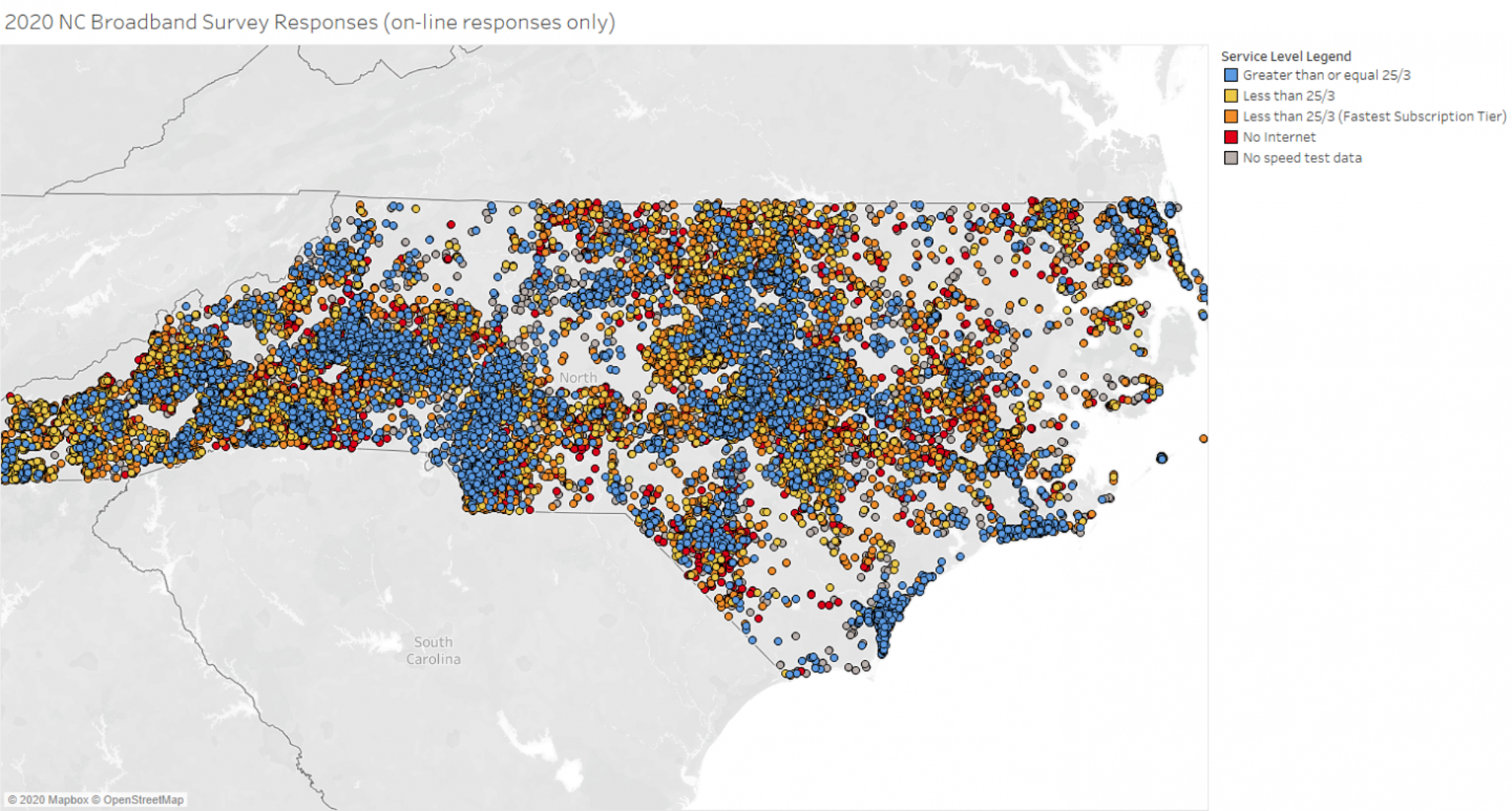
Getting Patrons Online
- Technology lending
- Hotspot rentals
- Helping people register for Internet service
-
Being aware of emerging technologies and resources
- Lifeline Program
- Emergency Broadband Benefit Program
- Cellular Hotspots
- SpaceX Starlink Service
- TV Whitespace and Private LTE
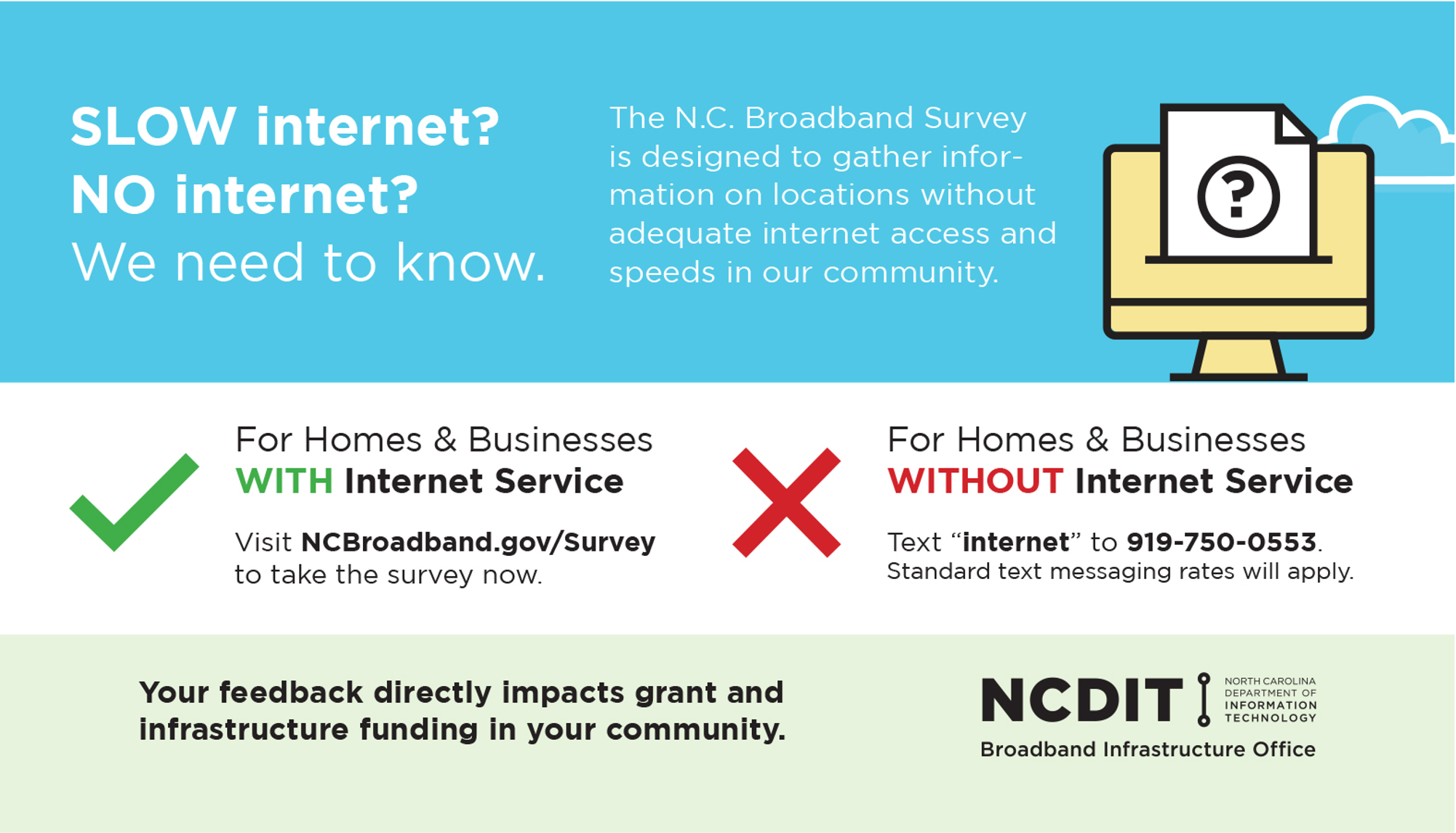
Fostering Community
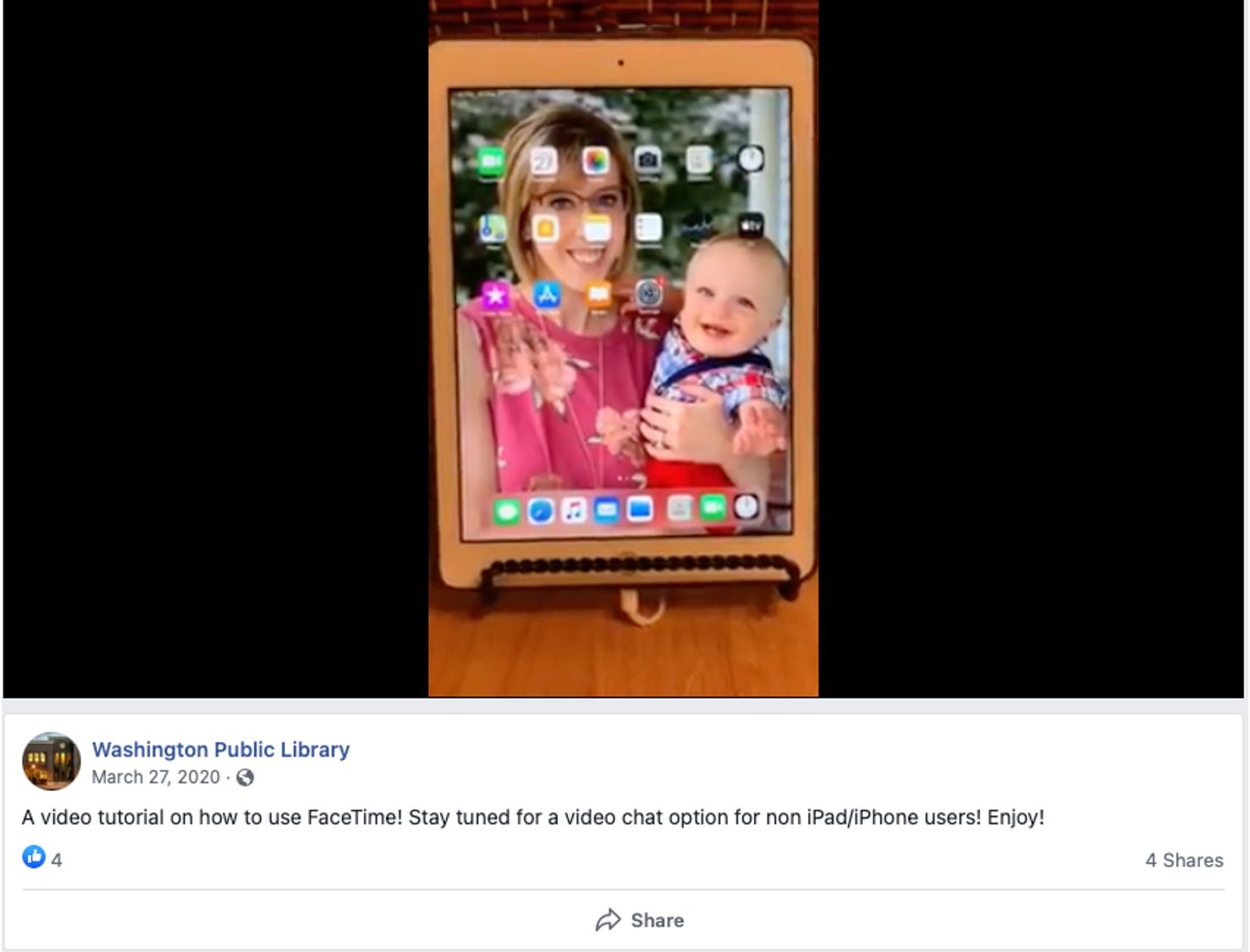
Fostering Community
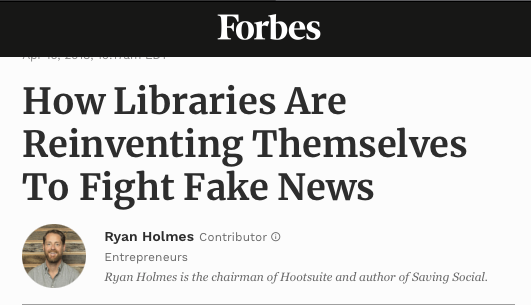
Fostering Community
- For many, social media and digital community has been a lifeline during the pandemic isolation.
- (Some reports of happiness increased from social media use)
- Helping patrons discern fact from fiction on social media
- Helping patrons be aware of their digital identity
- Cyberbullying
- Finding, Remixing, and Creating
- "It's complicated."

Digital Programming
- Digital programming is here to stay.
- Some students thrived virtually
- Screen fatigue and "digital pushback" is about to be an issue
- We need to define and describe the difference between "high quality digital programming" and "pandemic-related crisis response."
Social Emotional Supports
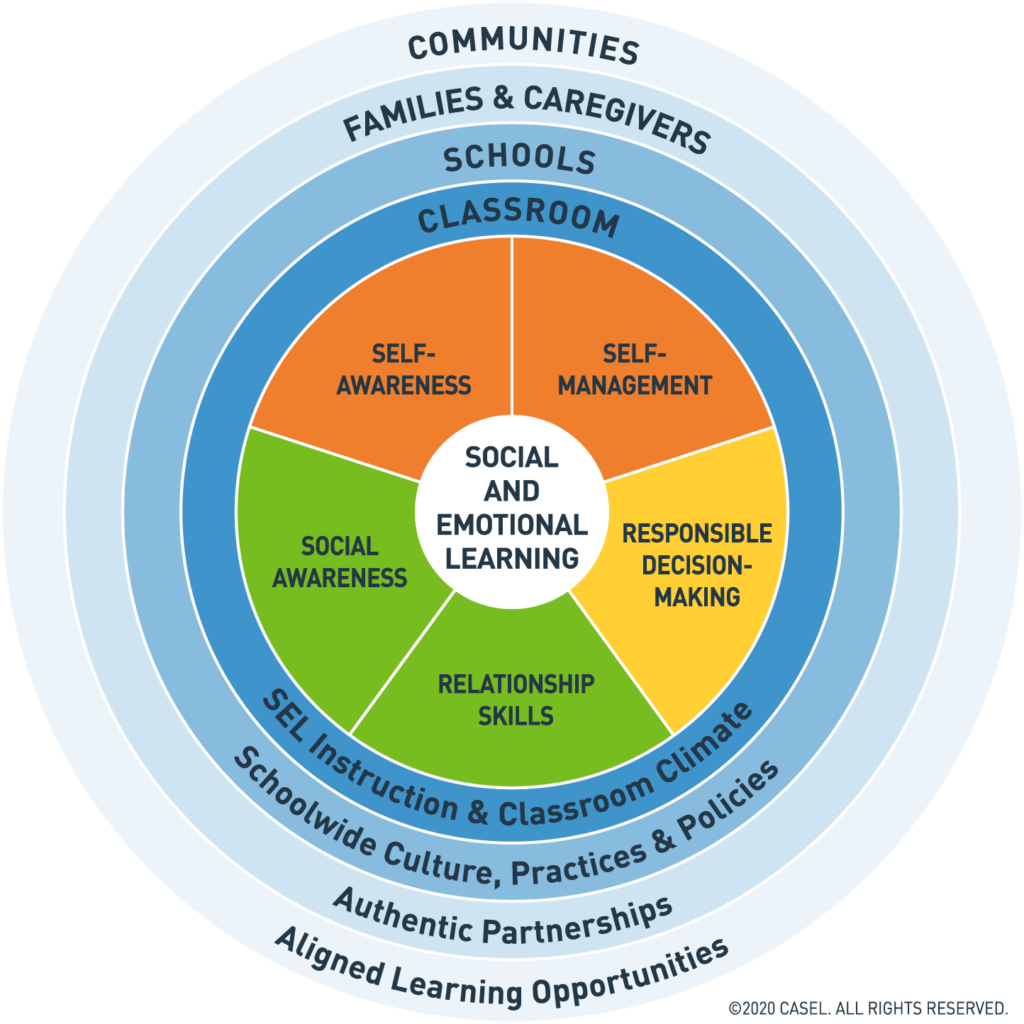
Design for All

Dynamic Environments
-
Executive Functioning
- Working Memory - The ability to hold information in your head as you shift between tasks and engage in tasks.
- Cognitive Flexibility - The ability to switch between tasks and to examine a task from multiple perspectives.
- Inhibitory Control - The ability to control behavior and self-monitor.
Dynamic Environments
-
Self-Regulation
- Interoception - The sense of what's happening in your body, including emotional responses.
- Proprioception - The understanding of your body, movements and position.
- Vestibular Sense - The sense of your body in space.
Other Assistive Tools
- Microsoft Immersive Reader
- Dictation and Transcription tools in Google Docs/MS Word
- UDL Book Builder
- CASTFiguration Bootstrap Fork
Consider Your Policies
- Who do they help?
- Who do they hurt?
- Who do they welcome?
- Who do they exclude?
- Why do they exist?
- How do they make your program better?
Cyber-attacks
What we want them to look like...
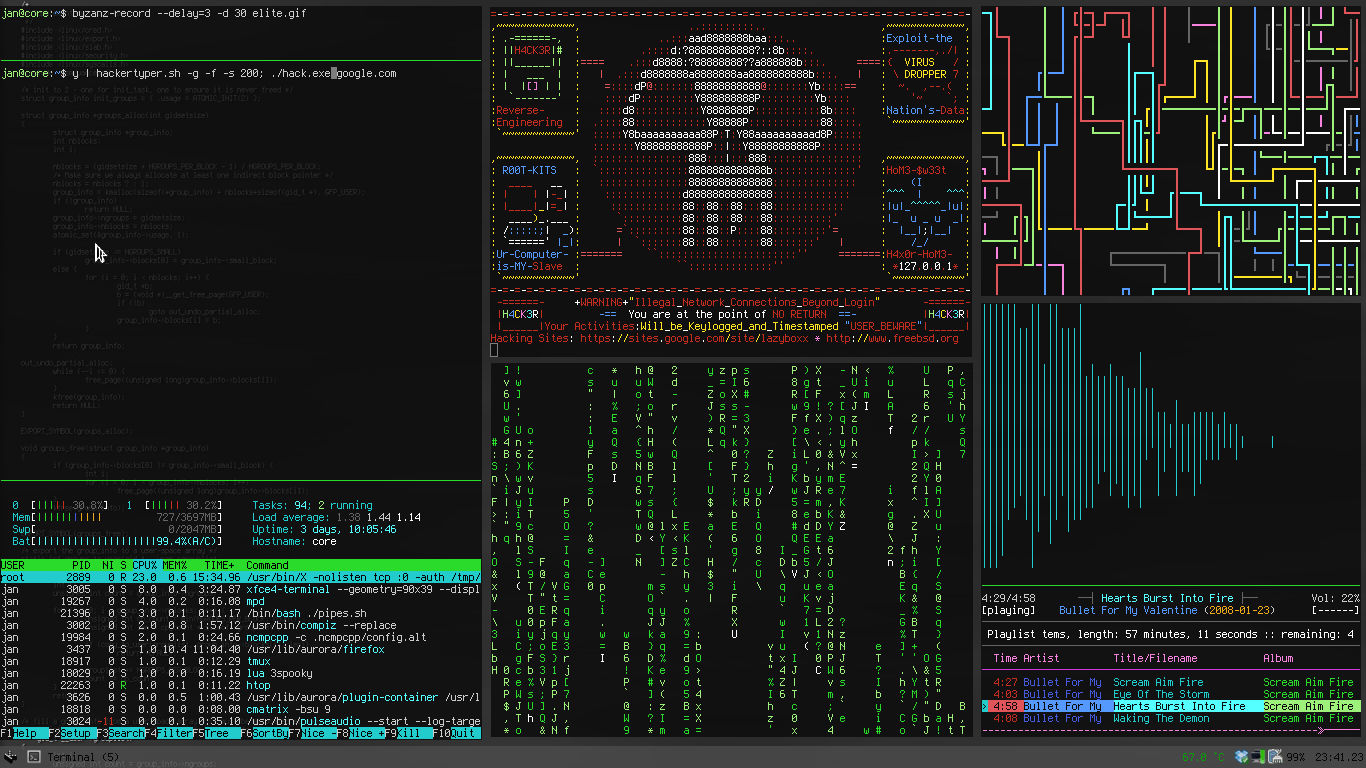
Cyber-attacks
What they actually look like...

Cyber-Awareness
- Understanding threats
- Password management
- Privacy policies
- Two-factor authentication
- VPNs
Creating and Remixing
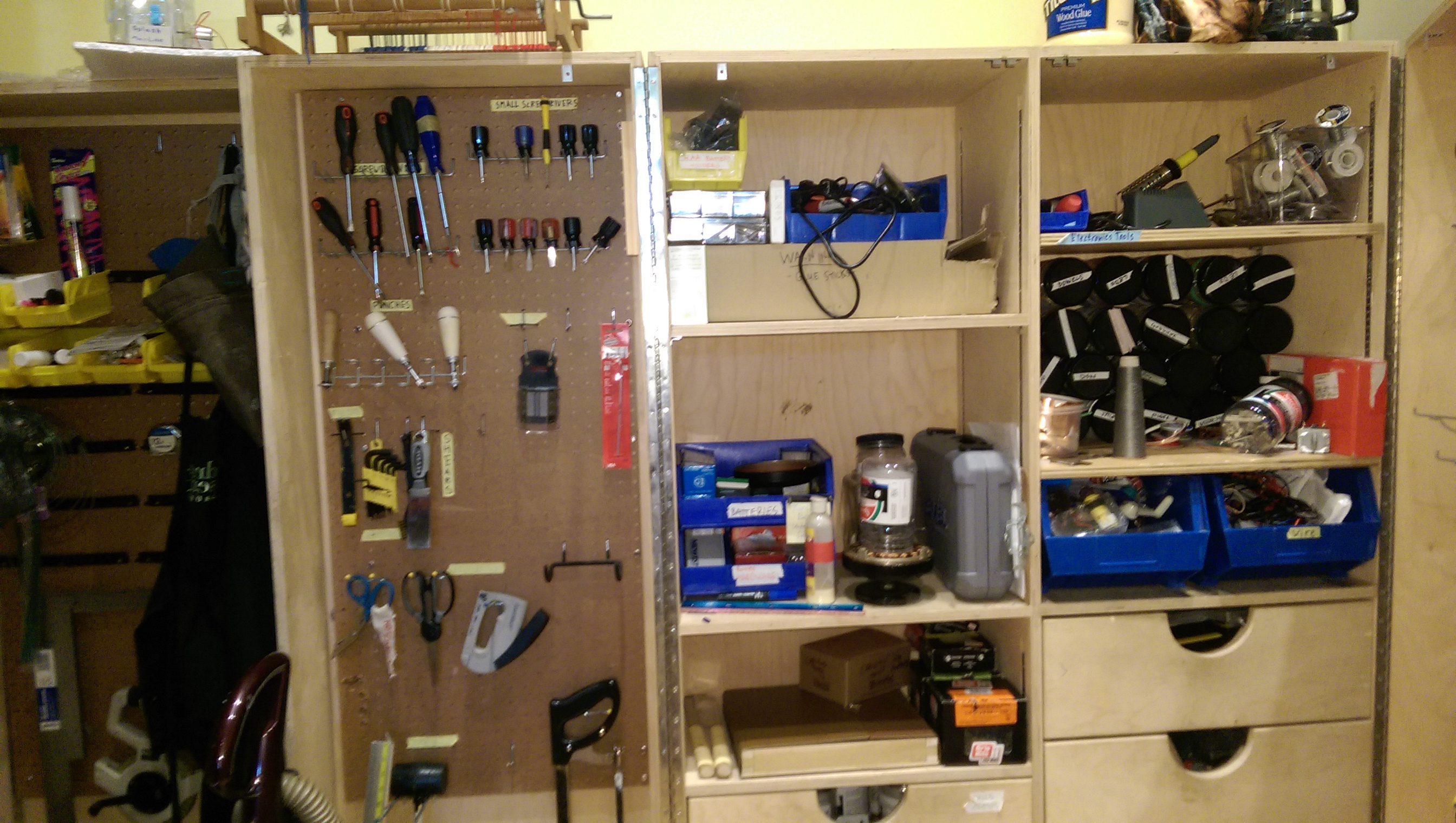
Creating and Remixing

Creating and Remixing
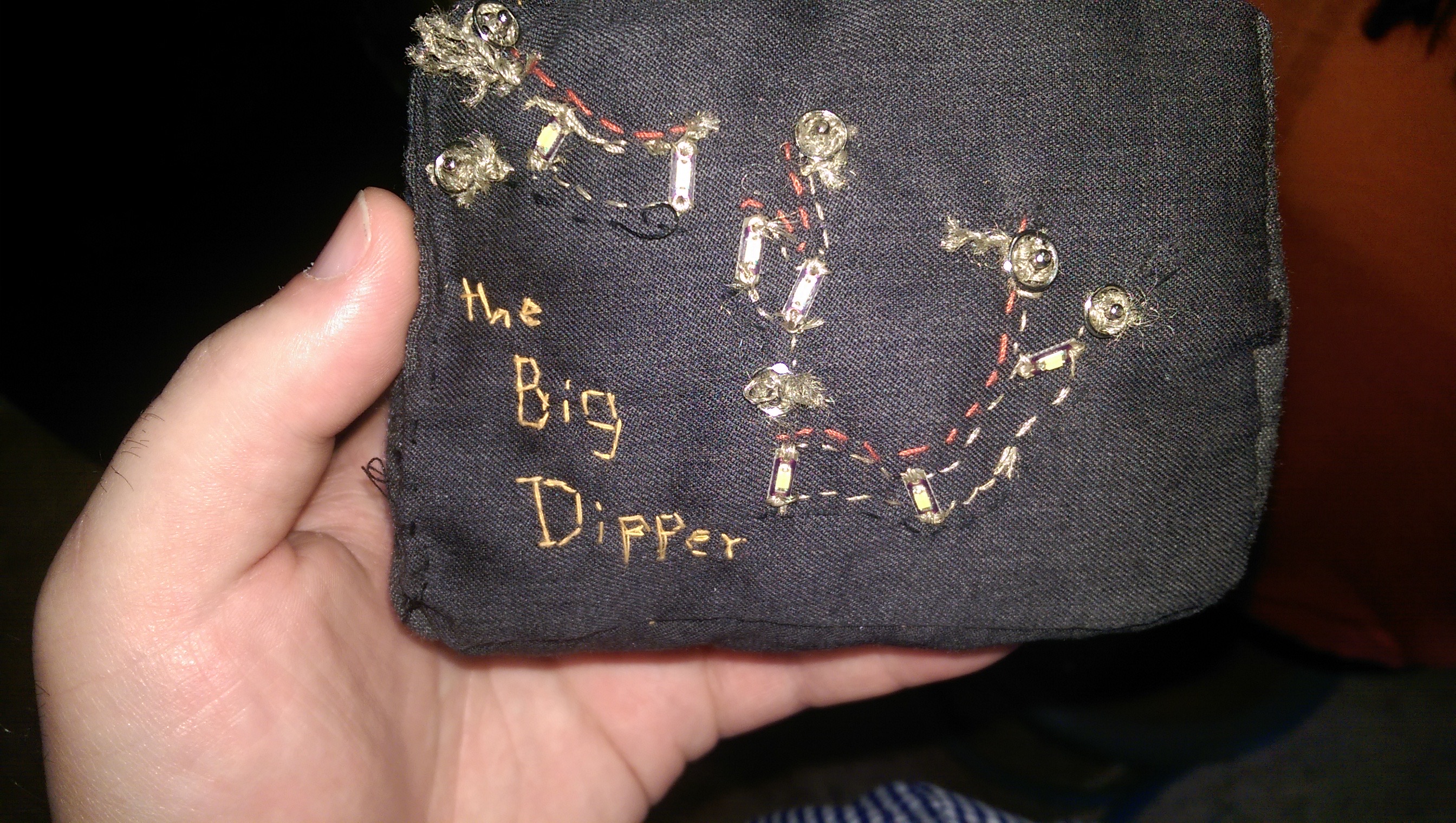
Remixing
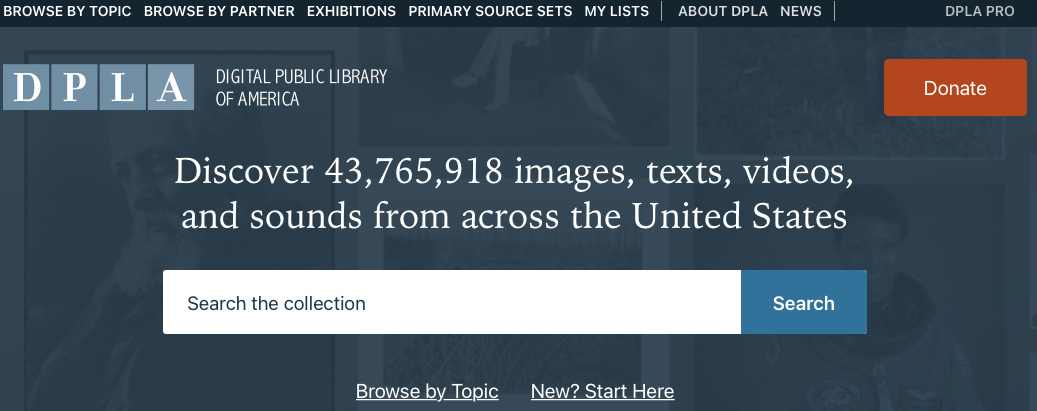
Making Content Available to Remix
- Thingiverse
- GitHub
Culture of Sharing
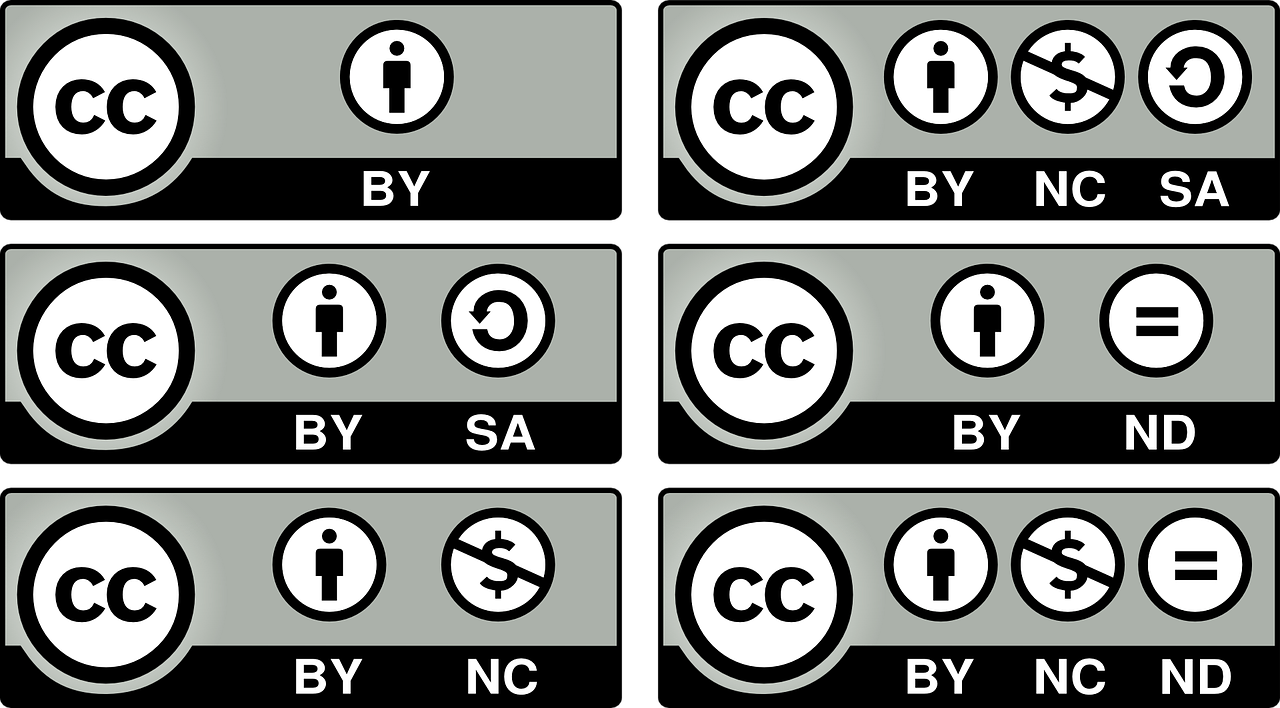
Do Tomorrow!
- Aspire towards the "21st Century Learning" we wanted.
- Connect your constituency.
- Integrate web literacy into your programming.
- Cultivate community.
- Make your content and programming accessible to all.
- Foster cyber-awareness.
- Cultivate a culture of openness.
From here...

To here...

To here...


@dinoman_j